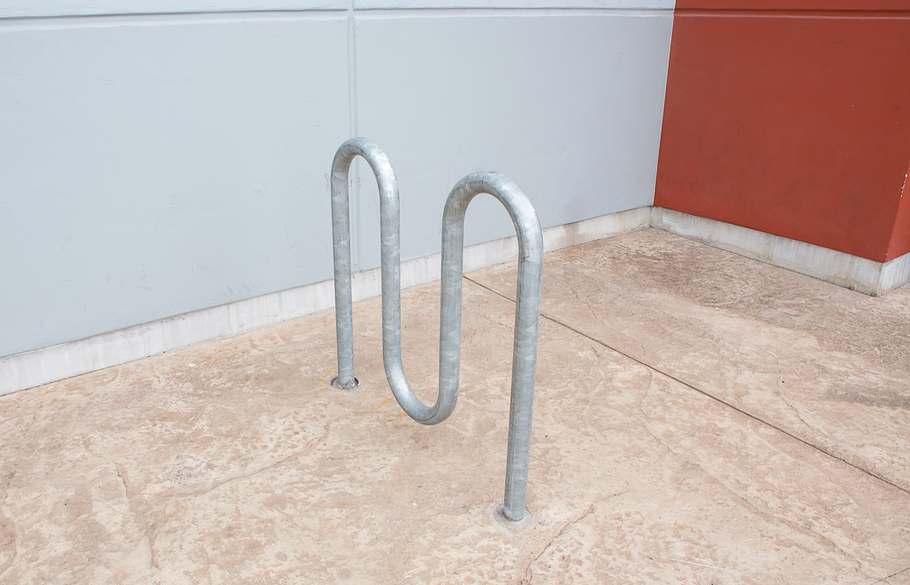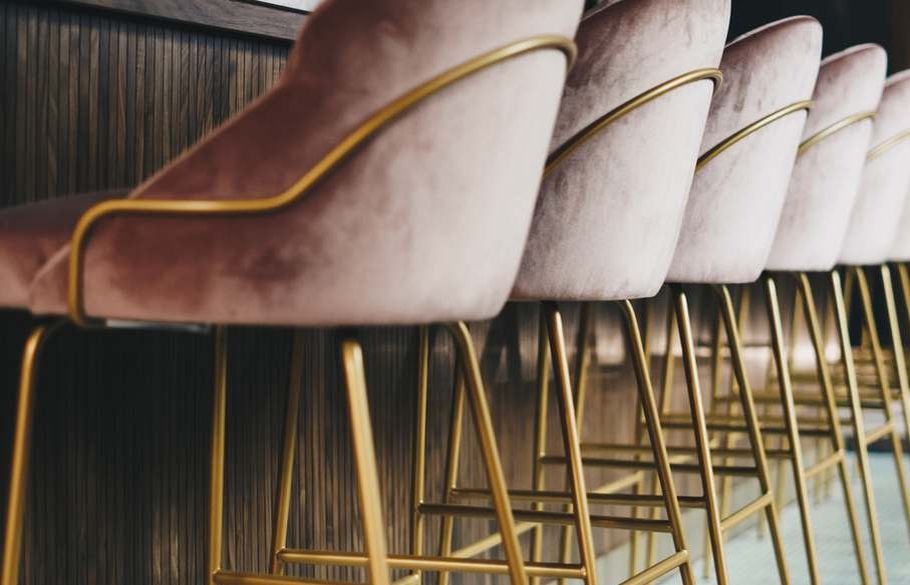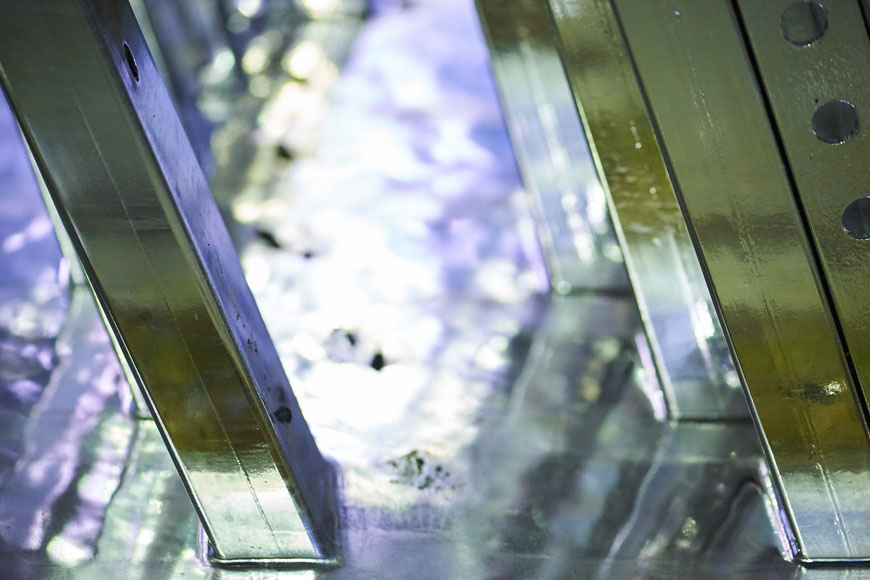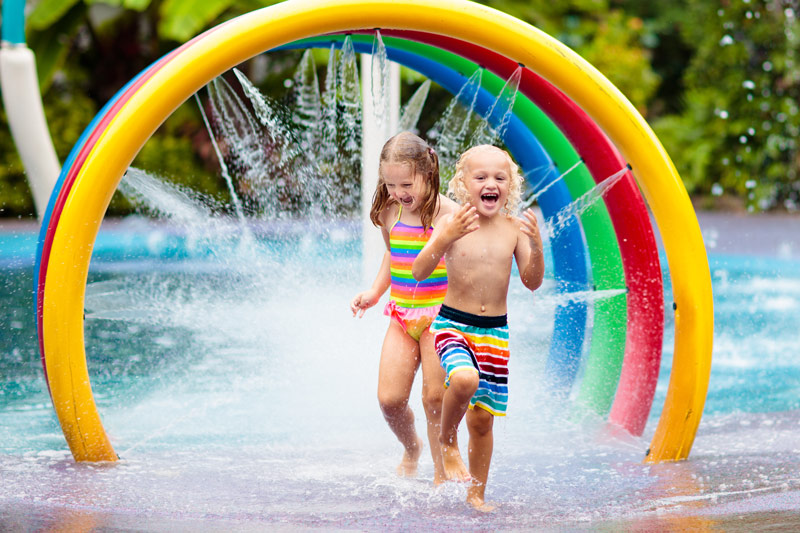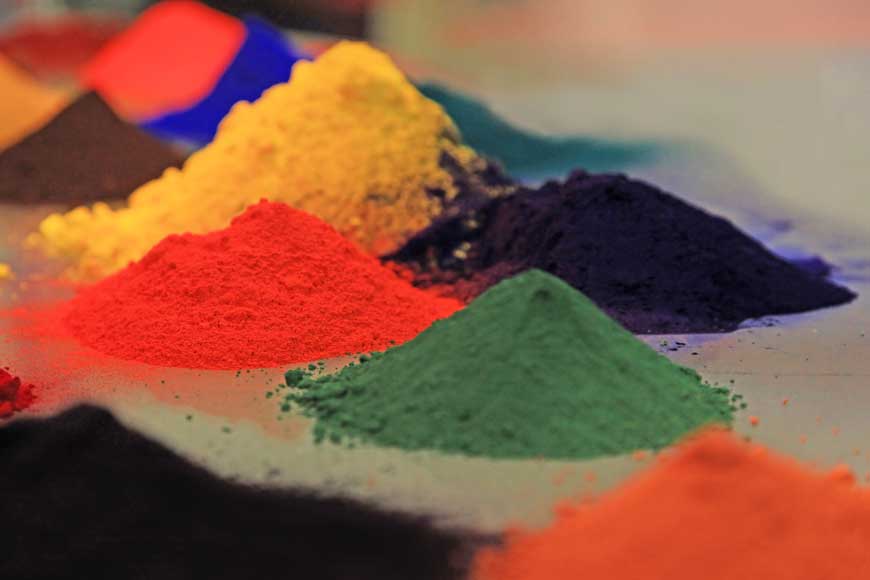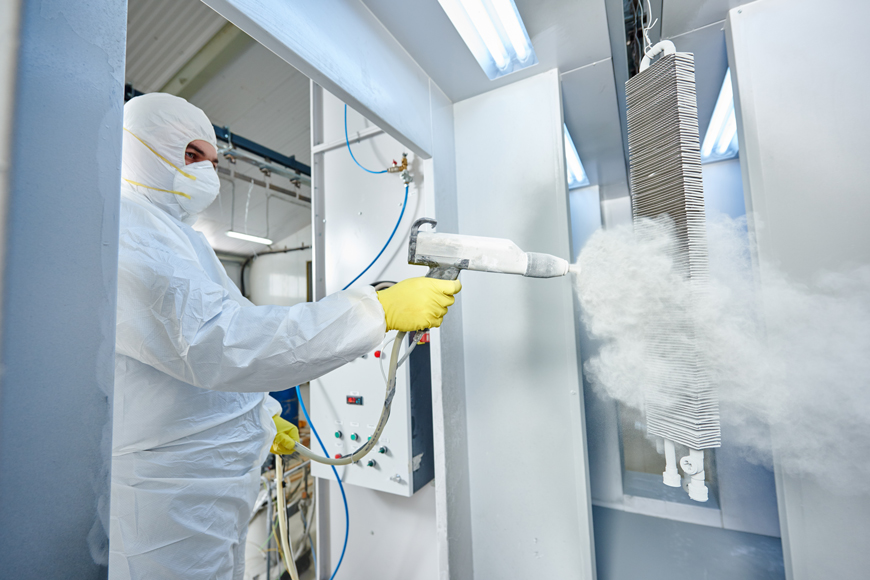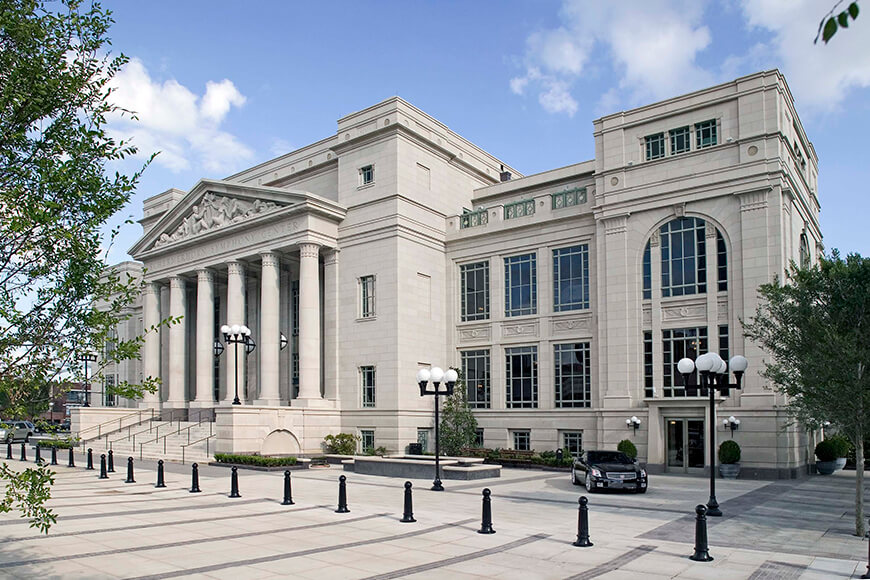Extend the life of your site furnishings with durable, safe, beautiful color
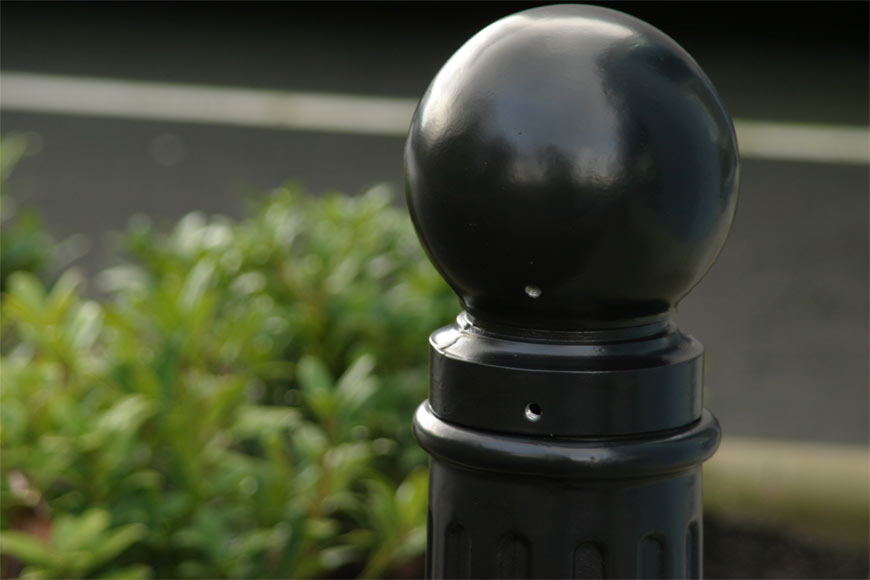
Since our founding in 1925, Reliance Foundry has made high-quality products to stand the test of time. Steel and iron are our traditional structural materials: these metals are known for their strength and longevity. In Vancouver, where our foundry was originally located, cast iron lamp standards from our first few decades still line the streets in historic Gastown. However, innovation in metallurgy and manufacturing is always raising the bar for what is possible. From ductile iron to 316 stainless steel, we embrace developments that provide greater value to our customers.
IronArmor is one of the newest innovations to enhance our product line. It is neither an alloy nor a process—two areas we have typically innovated—but new way to finish metal site furnishings.
Finally, there is a protective covering more long-lasting and durable than traditional paint or powder-coat. IronArmor matches the strength and durability of iron and steel. Deep color and easy upkeep maintain a beautiful, classical, finished look.
This proprietary coating offers a host of benefits:
- Superior impact resistance
- Extraordinary protection against salt and UV: no change to color or gloss in 2000 hours of salt-spray or QUV testing
- Anti-weathering: passes stringent tests for humidity and water with no change to color or gloss
- Graffiti-resistant: can be wiped clean, where powder and paint may absorb ink
- Low porosity: when applied correctly, no micro-cracks as with paint
- Excellent resistance to de-icers, fertilizers, and other common outdoor chemicals
- Fingerprint resistant
- Can be wiped with hydrogen peroxide or alcohol when taking anti-viral measures
- Food and water safe
- Playground safe
- Environmentally friendly: no volatile organic compounds
- Easy to repair
- Beautiful classical look with superior texture
Cast iron finishes and the history of rust prevention
IronArmor is a superior protective metal finish in terms of environmental safety, resistance to weathering, longevity, and chemical resistance. It is also an adaptable cover. It can look and feel like traditional textured quality finishes on cast iron, or impart a modern feel with smooth textures and a range of colors.
Black is the most common color for exterior iron and steel, due to historical processes. The prevalence of dark colored iron starts before the Industrial Revolution, when iron (rather than steel), was the primary metal used for household objects. In many outdoor environments, raw iron develops a dark black-brown patina that protects against destructive rust.
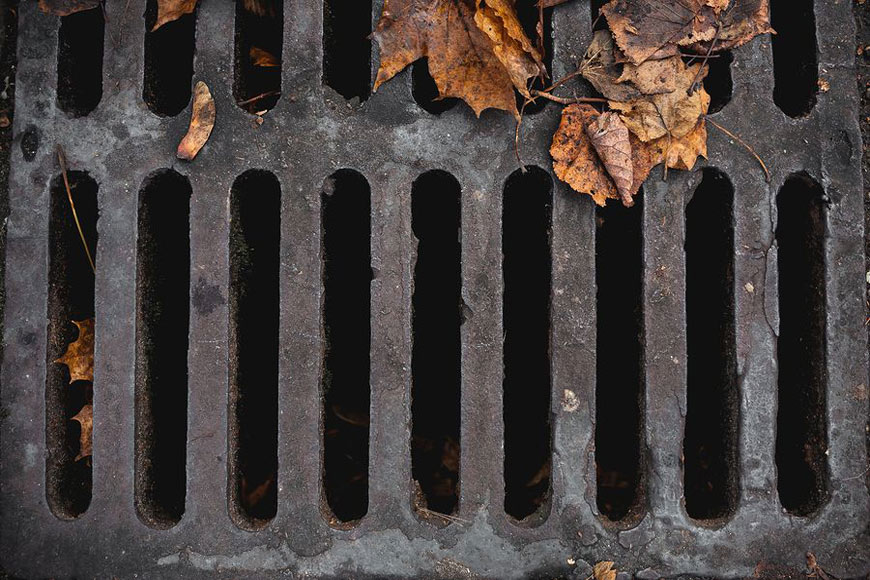
Iron’s natural patina is still commonly used as a sealant today. Many cast iron objects in the cityscape are left raw: storm grates, trench grates, manhole covers, and detectable warning plates are often protected this way. This historical, natural, brown-black weathering is therefore the first example of black iron in the landscape. This type of weathering does not create a fine finish, however, and is not possible with most raw steel, other than the Corten alloy.
Another classical protection for iron, one that lends a slightly finer finish, is a sealant made of polymerized fat. Chefs who have used cast iron pans are familiar with how cast iron “seasons” to a matte black with the application of fat and heat. Iron and steel seasoning of this type is also done on architectural metals. Linseed oil and heat, applied in layers, provide some protection against elements—although, like a cast iron pan, the seasoning can break down over time. Still, linseed sealants have a rich black glow that made them an attractive, higher-end option, historically.
Paints and resins have also been commonly used to seal iron and steel. Before the Industrial Revolution, when commercial paint became available, a common site maintenance task was to mix custom paint and reapply. Cannon blacking was a well-known recipe used both in and out of the navy. A typical recipe for cannon blacking was:
- 6 oz lamp black (carbon black made from the soot of burned fats, tars, or resins)
- 1 oz umber (red-brown iron oxide)
- 3 pints turpentine
- 1 pint litharge (red or yellow lead oxide)
- 1 gallon varnish
This recipe was so commonly used that many exterior fixtures were trimmed in black. (The lead in the litharge means this exact recipe is no longer used today.)
Commercial paint became commonly available by the early 1900s, in a large range of colors. Architects, site managers, and decorators began to use the wider range of options. However, black continued to have a lot to recommend it. Black hides dirt, provides a nice accented contrast to lighter building colors, and carries a dignified architectural history.
The invention of powder-coating provided a new technological way to apply resin and pigment on outdoor furniture. Charged particles are applied in a fine spray, preventing the pin-hole interruptions in the surface that are common with brushed paint.
IronArmor uses the same complete-coverage technology as powder, with an update to the material composition of the protective covering. Just like modern pigments were found to replace harmful lead-oxides, IronArmor is an innovation that avoids volatile organic compounds while providing superior corrosion and damage resistance.
Black is still the most commonly requested color, but other options are available, to suit any location and style.
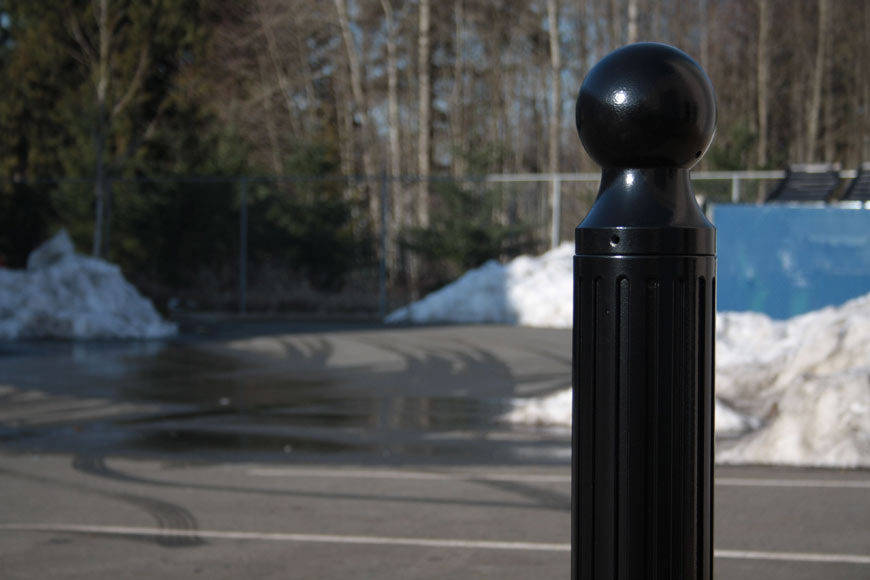
Texture for historical accuracy and visual depth
The texture of historical wrought or cast iron is often slightly rough to the touch. Sand-cast objects have the texture of sand upon them. Exterior wrought iron historically would be left coarser than the steel used in weapons and knives because fine finishes took many hours of labor to accomplish.
Advances in the Industrial Revolution changed what was possible. Steel and paint became possible to mass produce: increasing development of powered machining allowed fine finishes to be created in much less time. Modern aesthetics are therefore often smoother and shinier, whereas classical finishes have more texture and a matte finish.
The preference for textured finishes persists, especially in formal or historical settings, as it provides visual depth and a less plastic-like shine. IronArmor is available in both modern and classic finish textures.
FrameSafe for bike racks
Bike racks are installed to keep bicycles safe. They should be tough enough to discourage would-be thieves and resistant to blades or impact. Unfortunately, this security feature can be a drawback for the frames of bicycles. The metal scrape of bike rack against bicycle can leave the frame scratched or with unwanted paint transfer.
FrameSafe for bike racks is our IronArmor finish applied more thickly. The extra coating creates a softer surface for the bicycle to rest against, while continuing to provide resilient protection to the bike rack below.
Innovation of function, preservation of form
Reliance Foundry was one of the first foundries in the Pacific Northwest to use malleable iron, and later, ductile iron, in castings. Even though traditional gray cast iron is still superior in some contexts, Reliance understood that in crash-ready applications like bollards, ductile iron was safer while providing the same classical look. Ductile iron’s composition prevents it from shattering when struck, while providing all the weight and castability of traditional iron alloys.
IronArmor is a similar advance. Advances in material technology allow us to offer a safe, hard-wearing, chemical- and corrosion-resistant pigment that provides superior protection outdoor metals. Yet the look is uncompromised. The technology allows for historical textures and colors, as well as the flexibility to create modern aesthetics.
To compare powder and IronArmor options and see which is best for you, download our IronArmor spec sheet, or reach out to our sales team!

